by William E. Welsh
U.S. President Abraham Lincoln had no military experience and discarded most of Lt. Gen. Winfield Scott’s so-called Anaconda Plan, which critics deemed too conservative. So in the summer of 1861, operations began in a piecemeal fashion beyond the Alleghany Mountains and in the Virginia Peninsula. To support the Confederate war effort, President Jefferson Davis authorized privateering by hastily armed merchant ships. Successful Union joint forces expeditions occurred in North Carolina and South Carolina to establish blockade bases.
This Civil War timeline is not meant to be an unabridged account of the events of late 1861, but it should provide a good framework for the key events that compose the early months of the war.
[text_ad]
Summer – Winter 1861: The Beginnings of a War
June 10 – A Union force of 4,400 men led by Brig. Gen. Ebenezer Pierce advanced from Fort Monroe against Colonel John B. Magruder’s 1,400 men entrenched at Big Bethel. Pierce bungled the attack, and his forces withdrew. The battle was a Confederate victory.
July 11-14 – A 20,000-man army under Maj. Gen. George B. McClellan moved against Confederates at Rich Mountain and Laurel Hill. Brig. Gen. William Rosecrans’ defeat of the smaller Confederate force at Rich Mountain on July 11 compelled Confederate Brig. Gen. Robert Garnett to order the retreat of forces from both positions. On July 13, Garnett was slain directing the Confederate rearguard at Carrick’s Ford. The Union victory secured control of trans-Alleghany Virginia for the Union, and McClellan was hailed as a hero.
July 21 –Maj. Gen. Irvin McDowell ‘s 38,000 Union soldiers attacked 32,000 Confederates under Brig. Gen. Pierre G.T. Beauregard who were behind Bull Run west of Centreville, Va. A Union flank attack during the First Battle of Bull Run forced a Confederate retreat to Henry Hill where Confederate Brig. Gen. Thomas J. Jackson’s counterattack produced a Confederate victory. Jackson won the nickname “Stonewall” for standing his ground. The South had its first hero.
August 10 – Brig. Gen. Nathaniel Lyon with 4,800 men launched a surprise attack against a Confederate force twice its size under Maj. Gen. Sterling Price. Lyon’s elaborate tactics failed at the Battle of Wilson’s Creek, and the second major battle of the war ended in a draw. Lyon was killed in combat. The Confederates retained control of southwest Missouri.
August 27 – Union Flag Officer Silas Stringham smashed Confederate coastal defenses at Hatteras Inlet and landed 800 men under Maj. Gen. Benjamin Butler to establish a blockade base.
September 6 –Brig. Gen. Ulysses S. Grant occupied Paducah, Kentucky, at the confluence of the Tennessee and Ohio Rivers, thwarting Confederate attempts to threaten the Union supply hub of Cairo, Illinois.
September 12-13 – General Robert E. Lee took command of Confederate forces in western Virginia in an attempt to reverse Union gains. But a planned attack to capture the Federal garrison on Cheat Mountain fizzled out. The failure tarnished Lee’s reputation.
October 21 – U.S. Senator-turned Union soldier Colonel Edward D. Baker was killed in an ill-conceived reconnaissance-in-force in the Battle of Ball’s Bluff near Leesburg, Va., against veteran Confederates under Colonel Nathan G. Evans. The Joint Congressional Committee on the Conduct of War made senior Union commander Brig. Gen. Charles P. Stone the scapegoat for the Union disaster.
November 1 – Maj. Gen. George B. McClellan is appointed general-in-chief of all Union forces.
November 3-7 – Union Flag Officer Samuel F. du Pont led a successful joint forces expedition against the Confederate coastal fortifications at Port Royal Sound/Hilton Head in South Carolina. The expedition included nine warships and the embarkation of 17,000 men under Brig. Gen. Thomas Sherman to establish a Union naval base to enforce the Atlantic blockade.
November 7 – Brig. Gen. Ulysses S. Grant’s force of 3,000 men launched a punitive expedition against 5,000 Confederates under Brig. Gen. Gideon Pillow in the Battle of Belmont, which occurred on the west bank of the Mississippi River in Missouri. Grant deemed the raid a victory because he inflicted heavy losses on the Confederates, even though they retained their outpost.
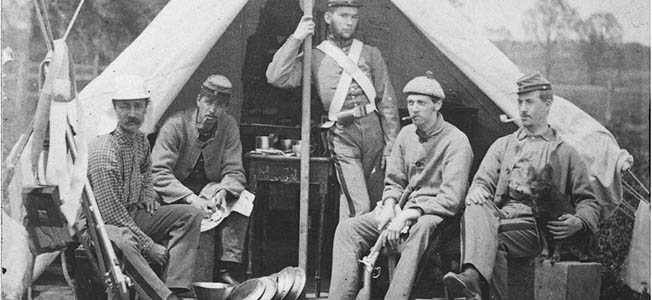
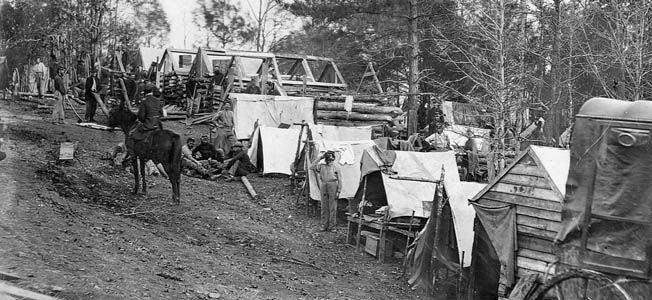
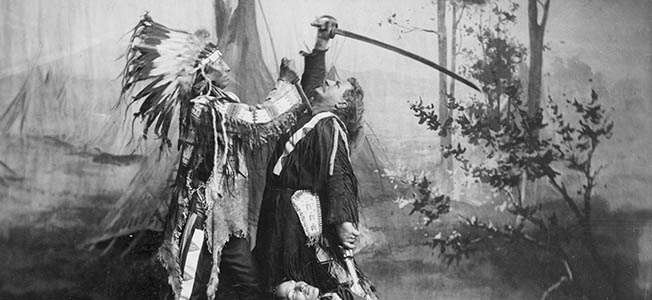
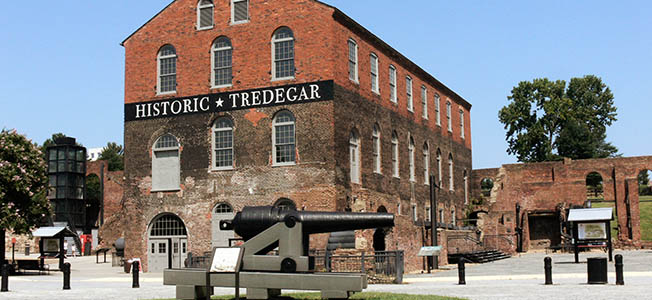
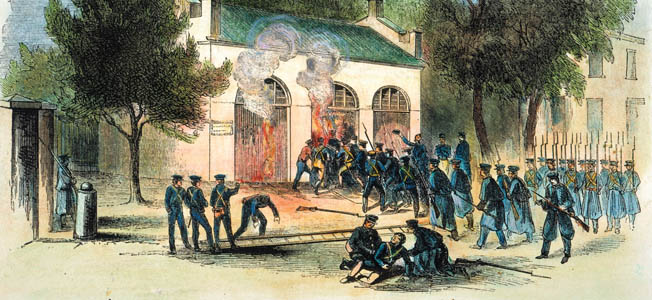
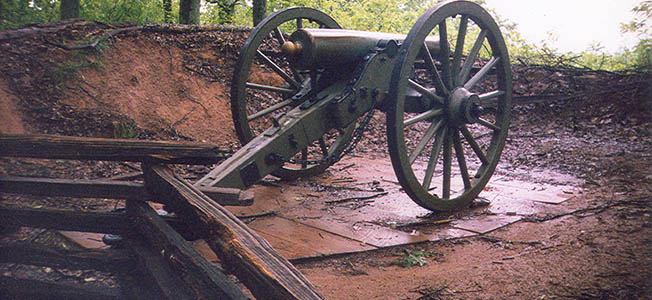

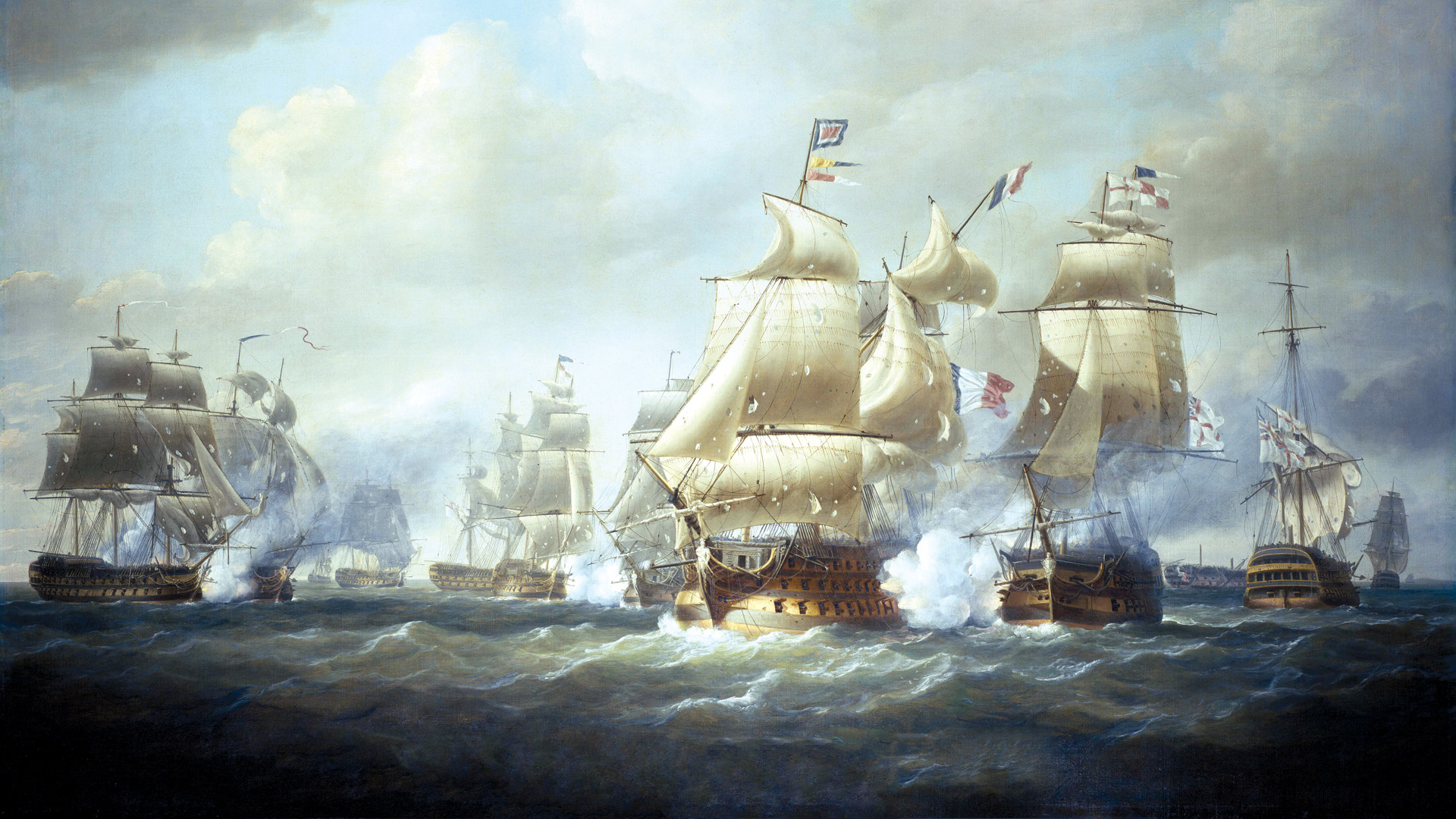

Join The Conversation
Comments
View All Comments